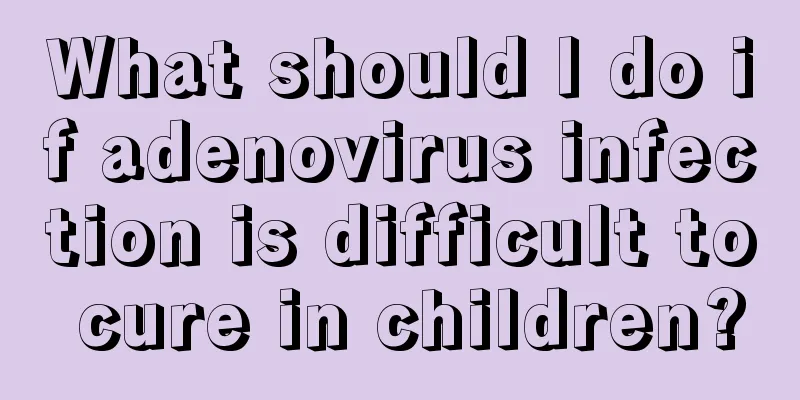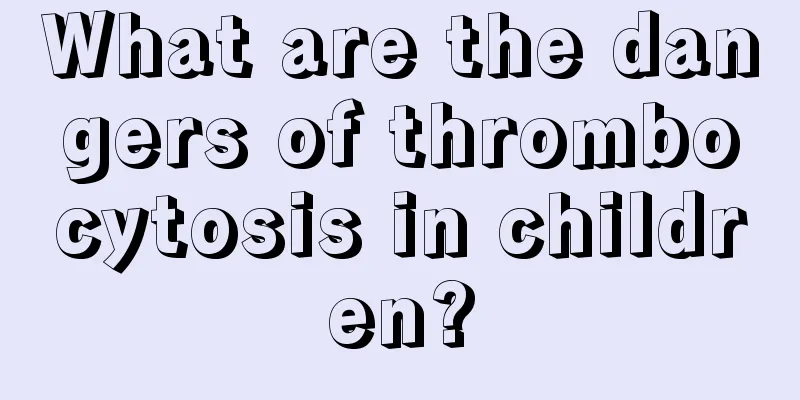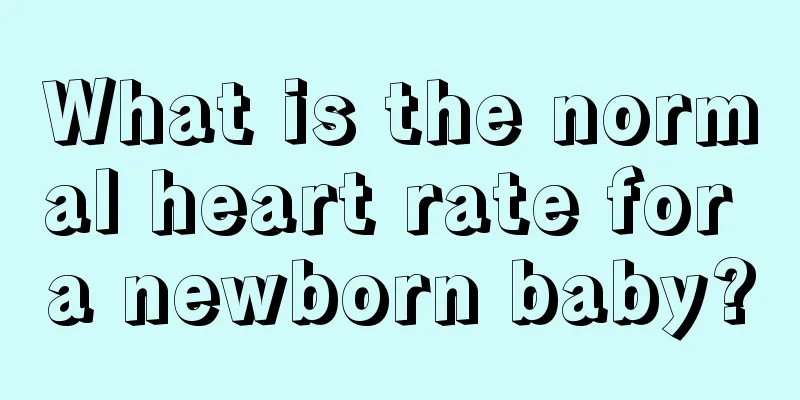What should I do if adenovirus infection is difficult to cure in children?

|
Adenovirus is a relatively acute infectious disease in daily life. It is easy to infect the human respiratory tract or urinary system. It usually occurs in children. Because children have poor resistance during their growth, they are prone to physical infections and cause great harm to their health. Children infected with adenovirus need to seek medical attention in time to suppress the infection. What should I do if adenovirus infection is difficult to cure in children? 1. There is currently no effective treatment. 2. Clinically, symptomatic treatment is mainly adopted to prevent and treat secondary infection. 3. Antiviral treatment. 4. Interferon α can be used to treat severe cases. examine 1. Rapid diagnosis method The exfoliated cell smear taken from the pharynx was stained with polyvalent adenovirus fluorescent immune serum. Bright fluorescence was seen in the nuclei of the exfoliated cells under a fluorescence microscope, indicating that the virus was positive. 2. Virus Isolation When the monolayer of human epithelial cells are inoculated with pharyngeal secretions, sputum, conjunctival scrapings and fresh urine of different clinical types, typical cytopathic changes can be detected after 2 to 7 days. The grouping was determined by hemagglutination test and the typing was determined by neutralization test. 3. Serological examination If you want to confirm the disease, you can take two samples of serum from the acute phase and the recovery phase, and test the complement binding antibodies, neutralizing antibodies and hemagglutination inhibition antibodies. If a 4-fold increase is found. Different types of antibodies have different titers after infection: (1) The titer of complement-fixing antibodies decreases or disappears one year after infection; (2) Hemagglutination inhibition antibodies are specific antibodies, and the antibody titer increases one week after infection; (3) Neutralizing antibodies persist for at least 10 years without decreasing in titer. The diagnosis of hemorrhagic cystitis can be confirmed if the neutralizing antibody titer of adenovirus type 11 or 21 in a single serum sample of a patient exceeds 1:32. 4. Molecular Diagnosis Respiratory specimens are taken and the diagnosis is made by amplifying adenovirus-specific gene fragments using the PCR method. Differential Diagnosis Differentiate from herpes virus, poxvirus, influenza, parainfluenza, and rhinovirus infections. 1. Influenza (1) The incubation period ranges from a few hours to 4 days, usually 1 to 2 days; (2) High fever, with body temperature reaching 39°C to 40°C, accompanied by chills, usually lasting 2 to 3 days; (3) Severe systemic poisoning symptoms, such as fatigue, headache, dizziness, and body aches; long duration, fatigue and other symptoms may last for 1 to 2 weeks after the body temperature returns to normal; (4) Symptoms of respiratory catarrh are mild, often with sore throat, and a few with nasal congestion and runny nose. 2. Poxvirus A virus that often causes local or systemic purulent skin lesions if it infects humans and animals. |
<<: What are the symptoms and consequences of lead poisoning in children?
>>: What to do if your child has an ear infection
Recommend
What is the standard height and weight for a 7-year-old boy?
Many parents said that after taking their childre...
Why does the white of my child's eyes turn blue?
Many mothers will find that their children have b...
The reason why the child's chicken is red, swollen and pus-filled
Since children are in the early stages of growth ...
What are the symptoms of enlarged tonsils in children?
Young children's immunity is relatively imper...
Reasons for a three-year-old baby to have a persistent low-grade fever
Some babies are prone to fever when they are youn...
What to do if your baby has herpes in his throat
Herpes is a common disease around us. Many adults...
White spots on baby's forehead
During the growth and development of babies, they...
Eight-month-old girl allergic to leprosy vaccine
Leprosy is a common skin disease in people's ...
What foods should children eat if they have trouble sleeping?
Sleep quality is also related to the physical hea...
What causes strawberry tongue in children?
Many people don’t know what strawberry tongue mea...
The baby has repeated coughing and fever, these treatments are very effective
Children are prone to symptoms of coughing and fe...
How to make zucchini for baby food
For some complementary foods suitable for babies,...
What should children eat to grow taller and fatter?
With the improvement of living standards, many pa...
What to do when teenagers masturbate
What should we do if teenagers masturbate? When t...
What are the symptoms of precocious puberty in children?
Nowadays, many children who have precocious puber...









